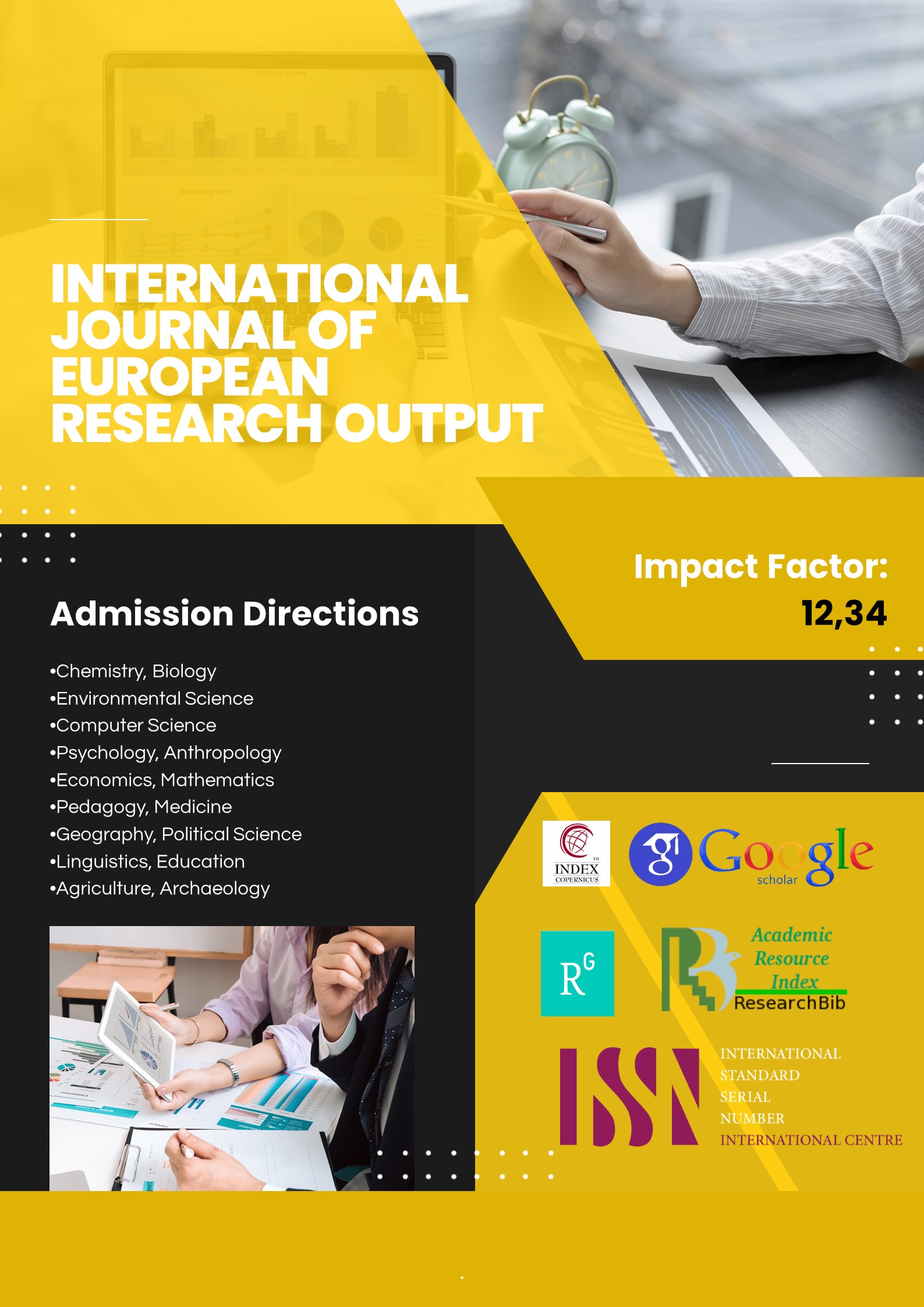THE LANGUAGE ACQUISITION DEVICE PROPOSED BY NOAM CHOMSKY: THE PROCESS OF ACQUIRING LANGUAGE DURING EARLY CHILDHOOD.
Main Article Content
Abstract
This article explores Noam Chomsky’s Language Acquisition Device (LAD) through a linguistic lens and examines its influence on early childhood language development. While Chomsky’s approach poses significant challenges to the LAD Theory, it has nevertheless spurred the creation of various alternative theories. The core principles associated with LAD have significantly shaped the study of language acquisition, leading to advancements in linguistics. This article provides comprehensive background information on LAD and explores methods for language acquisition in early childhood. The conclusion remains open-ended due to considerable criticism of this theory, offering scholars further avenues for research.
Article Details
References
Bialystok, E. (2001). Bilingualism in development: Language, literacy, and cognition. Cambridge University Press.
Bickerton, D. (1984). The language bioprogram hypothesis. Behavioral and Brain Sciences, 7(2), 173–221. https://doi.org/10.1017/S0140525X00044149
Bruner, J. S. (1983). Child's talk: Learning to use language. Norton.
Byers-Heinlein, K., & Werker, J. F. (2009). Monolingual, bilingual, trilingual: Infants’ language experience influences the development of a word-learning heuristic. Developmental Science, 12(5), 815–823. https://doi.org/10.1111/j.1467-7687.2009.00902.x
Chomsky, N. (1965). Aspects of the theory of syntax. MIT Press.
Chomsky, N. (1981). Lectures on government and binding: The Pisa lectures. Foris Publications.
Clark, E. V. (2009). First language acquisition (2nd ed.). Cambridge University Press.
Fodor, J. A. (1983). The modularity of mind: An essay on faculty psychology. MIT Press.
Genesee, F. (2002). Code-mixing in bilingual children. Bilingualism: Language and Cognition, 5(2), 133–144. https://doi.org/10.1017/S136672890200302X
Genesee, F. (2004). What do we know about bilingual education for majority-language students? In T. K. Bhatia & W. C. Ritchie (Eds.), The handbook of bilingualism (pp. 547–576). Blackwell.
Kuhl, P. K., Tsao, F.-M., & Liu, H.-M. (2006). Language perception in infancy: A foundation for language learning. In R. V. Kail (Ed.), Advances in child development and behavior (Vol. 31, pp. 1–44). Elsevier. https://doi.org/10.1016/S0065-2407(06)80001-5
Lightbown, P. M., & Spada, N. (2013). How languages are learned (4th ed.). Oxford University Press.
MacWhinney, B. (2004). A multiple-process solution to the logical problem of language acquisition. Journal of Child Language, 31(4), 883–914. https://doi.org/10.1017/S0305000904006438
McWhorter, J. H. (2000). The missing Spanish creoles: Recovering the birth of plantation contact languages. University of California Press.
Owens, R. E. (2016). Language development: An introduction (9th ed.). Pearson.
Pearson, B. Z., Fernández, S. C., & Oller, D. K. (1993). Lexical development in bilingual infants and toddlers: Comparison to monolingual norms. Language Learning, 43(1), 93–120. https://doi.org/10.1111/j.1467-1770.1993.tb00174.x
Pinker, S. (1994). The language instinct: How the mind creates language. William Morrow and Company.
